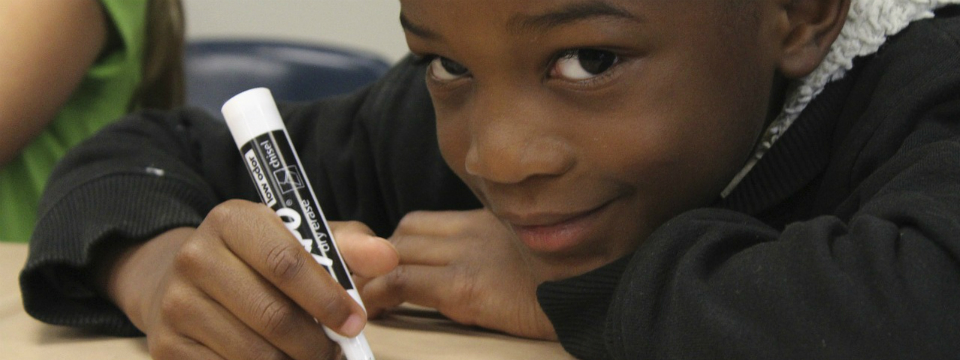The association between sleep duration and childhood flourishing in school-age children
Tsao, H. S., Gjelsvik, A., Sojar, S., & Amanullah, S. (2020). Sounding the Alarm on Sleep: A Negative Association Between Inadequate Sleep and Flourishing. The Journal of Pediatrics. https://doi.org/10.1016/j.jpeds.2020.08.080
Summarized by Ariel Ervin
Notes of Interest:
- Chronic, inadequate sleep is becoming a prevalent public health crisis that can have detrimental effects on children and adolescents.
- This study examines the prevalence of inadequate sleep, defined as less than 9 hours for 6 to 12-year-olds and less than 8 hours for 13 to 17-year-olds, and how sleep duration correlates with childhood flourishing in school-age children.
- “Flourish” describes the overall positive development of an individual.
- Data indicates that one-third of school-age children don’t get enough sleep, and that lack of sleep is associated with decreased childhood flourishing.
- Increasing sleep, educational, and public health interventions may be needed to increase children’s sleep duration and reduce socioeconomic disparities.
Introduction (Reprinted from the Abstract)
Objective
To assess the national prevalence of inadequate sleep among school-age children and its relationship with childhood flourishing.
Study design
This cross-sectional study analyzed 49,050 parental responses from the 2016-2017 National Survey of Children’s Health for school-age children. Inadequate sleep duration was defined as less than 9 hours for 6 to 12-year-olds and less than 8 hours for 13 to 17-year-olds on an average weeknight. Five flourishing markers were examined individually and as a combined measure. Logistic regression was used with complex survey design and applied weights.
Results
Inadequate sleep was found in 36.4% of 6 to 12-year-olds and 31.9% of 13 to 17-year-olds. Compared with children with adequate sleep, 6 to 12-year-olds with inadequate sleep had increased odds of not showing interest and curiosity in learning (aOR=1.61; 95% CI: 1.34-1.94), not caring about doing well in school (aOR=1.45; 95% CI: 1.23-1.71), not doing homework (aOR=1.44; 95% CI 1.24-1.68) and not finishing tasks (aOR=1.18; 95% CI 1.03-1.35). Children aged 13 to 17-years-old with inadequate sleep had increased odds of not doing homework (aOR=1.36; 95% CI 1.17-1.58), not staying calm and in control when challenged (aOR=1.34; 95% CI 1.16-1.54), not showing interest and curiosity in learning (aOR=1.34; 95% CI 1.14-1.58), not finishing tasks (aOR=1.20; 95% CI 1.03-1.40) and not demonstrating the combined flourishing measure (aOR=1.35; 95% CI 1.17-1.56).
Conclusion
Nationally representative data show that one-third of school-age children have inadequate sleep. Inadequate sleep is associated with decreased flourishing. These data will help inform sleep policies and optimize child development.
Implications (Reprinted from the Discussion)
A 2014 AAP policy statement identified early school start times as a key modifiable factor for inadequate sleep (9). In 2016, the AAP endorsed the AASM’s sleep duration guidelines for children (10, 11). Barriers encountered with this policy include conflicting siblings’ school and daycare schedules for caregivers, and delayed afterschool sports and extracurricular activities for children. Despite concerns that children would compensate for shifted schedules by sleeping later, early research suggests that delayed school start times have been effective at increasing sleep (50, 51). Even with these policy changes and research findings (50, 51), this study identified that one-third of children still experience inadequate sleep, emphasizing the importance of increasing sleep interventions for all school-age children (9).
Finally, consistent with prior literature, our study identified that DME, ACEs and mental health conditions were associated with the combined flourishing measure (28, 29, 30). In addition, there were stepwise changes in the proportion of children with inadequate sleep in relation to caregiver education, FPL, ACEs and DME. Although a child’s poverty level or the number of ACEs is difficult to change, these factors can be used to identify high-risk children for targeted public health interventions. Ways to increase sleep include greater caregiver awareness of children’s sleep duration (52), parent-set bedtimes, (53) and school-based motivational sleep education programs (54). Pediatricians can empower children to develop good sleep hygiene, set up bedtime routines and avoid bright lights and stimulating activities in the evening (55). Public health workers can raise awareness of the importance of delaying school start times to promote sleep and health (52). Although educational interventions can increase sleep duration, the feasibility and appropriateness of these interventions needs to be considered within the context of the structural and home environment that children live in. For example, exposure to marital conflict can cause increased emotional insecurity and disrupt children’s sleep (56). Busy parent work schedules, crowded housing and neighborhood noise can also prevent children from obtaining optimal sleep (57). Ultimately, public health interventions targeting the home and neighborhood environment where children sleep may therefore be needed in addition to educational interventions to increase children’s sleep duration and reduce socioeconomic disparities.
To access this article, click here.










